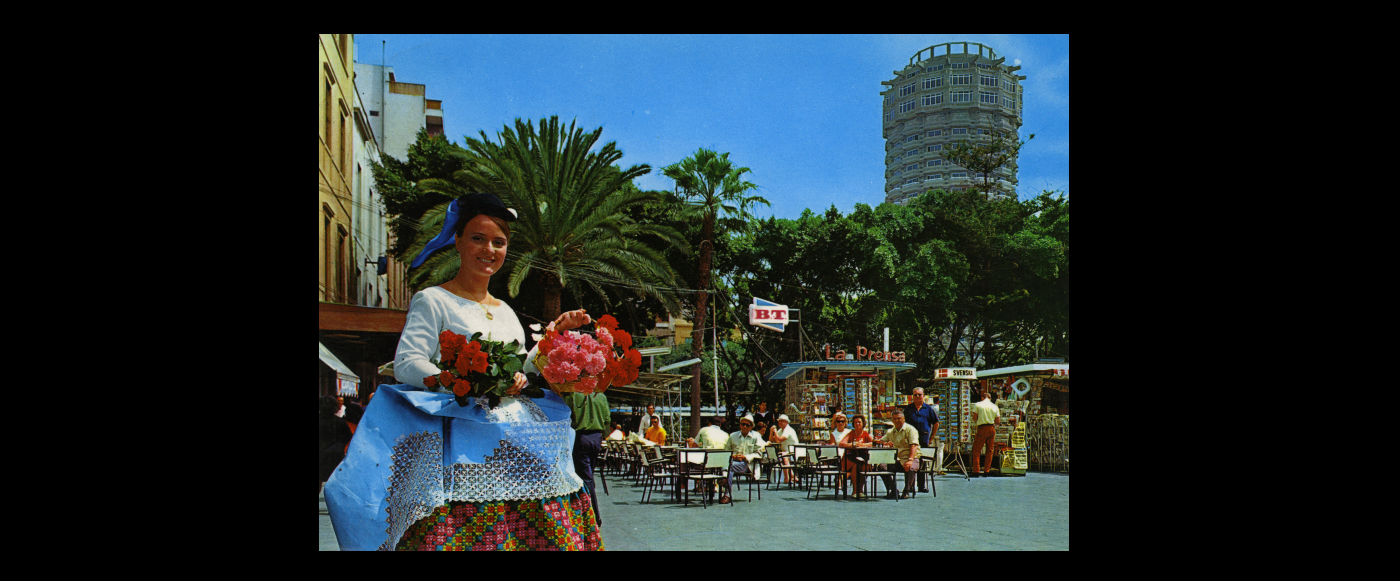Until the end of the XIXth century the Canary Islands were a destiny chosen by explorers & European bourgeoise travellers who were associated with tourism linked to health, attracted by a mild climate and especially good during the winter.
Following the commercial boom which brought about the inauguration of ´Puerto de La Luz´ and in context became linked to the establishment of ´puertos francos´ (free ports) providing free trade, the island became an attractive place for a large number of shipping & English companies to set up their businesses in Gran Canaria.
In all this frenzied commercial activity connected to the port came the birth of mass tourism on Gran Canaria, an economic activity that, over the period of years, has become the main source of income on the island and also made the island an important tourist destination in Europe. The economic awakening that changed forever the future of the island and its capital city initially revolved around the area of Santa Catalina. After the decline of the tomato & banana as the two chief agricultural products for export of the XXth century, tourism really turned into the economic ´engine´ of the island.
For this reason, the ´Parque y el Muelle´ (park and dock) of Santa Catalina are going to be the leading features in the intinerary for guided tours to mark the commemoration of the Día Internacional del Turismo (International Tourism Day).
Limited places.
+ Info: Patrimonio Histórico




















